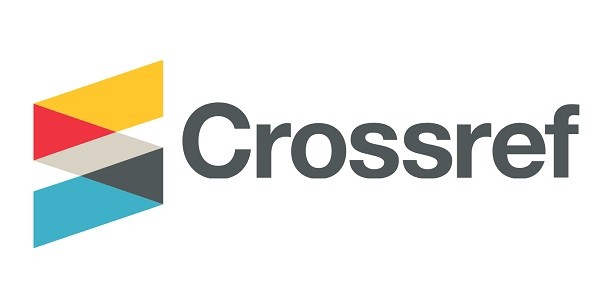The Relationship between the Use of the Latin Alphabets by the Gulf Youth in Social Media Blogging and the Formation of their Perceptions of the World
DOI: 10.46988/IJMMC.02.02.2020.001
Abstract
This study seeks to measure the relationship between the use of Latin characters in social media blogging by the youth of the Arabian Gulf Countries and the formation of their perceptions about the outside world. The study uses the theory of cultural diffusion, which assumes that communication between different people and nations normally leads to a kind of cultural friction. Proponents of this trend suggest that the process of proliferation begins from a specific cultural center that travels with time to different parts of the world using communication between peoples. The study depends on the interrelationship methodology and using a questionnaire as a tool to measure the rate of uses and motivations of the Latin characters among the Gulf Youth. The data is gathered randomly from 240 youth from Bahrain, Saudi Arabia, and Oman equally and containing an equal ratio of males and females, in the period from October 1st to November 1st, 2018. The results of this study showed that the use of Latin characters by the Gulf's Youth in blogging is a limited phenomenon, especially since it was associated with peers only, reaching about 24% and 65% in general and with peers respectively. Social media users in this study have confirmed that peers use is the easiest and the most common. The study concluded that the relationship between the Latin circle and the Arabic circle was an interaction relationship, so the first hypothesis was proven. While the second hypothesis, which assumes a relationship between the use of Latin characters in Arabic blogging and the acceptance of the Western citizen’s charictaristics is not proven.


